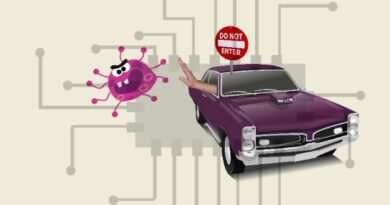As we navigate our daily commutes and road trips, our vehicles undergo a relentless cycle of wear and tear. From the engine to the tires, various components of a car gradually deteriorate over time, requiring maintenance and eventual replacement.
In this blog post, we’ll embark on a journey to uncover the underlying factors contributing to this wear and tear phenomenon. By understanding these root causes, we can better care for our vehicles and prolong their lifespan.
Driving Habits:
One of the primary contributors to car wear and tear is our driving habits. Aggressive driving behaviors such as rapid acceleration, abrupt braking, and speeding put excessive strain on various vehicle components. Constantly subjecting the engine, brakes, and suspension to these stresses accelerates their deterioration. By adopting smoother driving techniques and maintaining consistent speeds, drivers can mitigate unnecessary wear on their cars.
Road Conditions:
The condition of the roads we traverse plays a significant role in the wear and tear experienced by our vehicles. Potholes, uneven surfaces, and rough terrain can jolt the suspension system and cause misalignments, leading to premature wear on tires and suspension components. Additionally, debris such as gravel and road salt can cause abrasions and corrosion, further compromising the integrity of the vehicle’s exterior and undercarriage.
Lack of Maintenance:
Neglecting routine maintenance tasks is a recipe for accelerated wear and tear on a car. Failing to adhere to recommended service intervals for oil changes, fluid flushes, filter replacements, and tire rotations can result in degraded performance and increased mechanical issues. Regular inspections by qualified technicians can identify potential problems early on, preventing more extensive damage and costly repairs down the road.
Environmental Factors:
Environmental factors like drastic temperature fluctuations, high humidity levels, and prolonged sunlight exposure can significantly impact both the inside and outside of a vehicle. Continuous UV exposure can result in paint fading and the degradation of rubber seals and trims. Similarly, harsh winter elements such as snow, ice, and road salt can speed up metal corrosion, causing rust buildup and structural damage. Incorporating car paint protection measures is crucial to shield against these damaging effects.
Poor Quality Parts:
The quality of replacement parts used during repairs and maintenance significantly influences the longevity and performance of a vehicle. Substandard components may wear out more quickly or fail prematurely, necessitating frequent replacements and increasing overall maintenance costs. Investing in high-quality, OEM (Original Equipment Manufacturer) or aftermarket parts from reputable brands can help ensure optimal durability and reliability.
Overloading:
Exceeding a vehicle’s load capacity by carrying excessive weight or towing heavy trailers can strain the engine, transmission, suspension, and braking systems beyond their designed limits. This additional stress accelerates wear and tear on these components, increasing the likelihood of mechanical failures and safety hazards. Adhering to recommended weight limits and distributing cargo evenly can help minimize the impact of overloading on vehicle performance and longevity.
Age and Mileage:
As vehicles age and accumulate mileage, the natural degradation of mechanical components becomes inevitable. Wear and tear gradually accumulate over time, regardless of driving conditions or maintenance efforts. Components such as belts, hoses, bearings, and gaskets deteriorate with age, necessitating periodic replacements to ensure continued reliability and safety.
In Conclusion
Understanding the root causes of car wear and tear is essential for maintaining the longevity and performance of our vehicles. By adopting responsible driving habits, adhering to routine maintenance schedules, and investing in quality parts, drivers can mitigate the effects of wear and tear and prolong the lifespan of their cars.
Additionally, staying mindful of environmental factors, avoiding overloading, and monitoring the age and mileage of the vehicle can help identify potential issues early on and address them proactively. By taking proactive measures to address these root causes, drivers can ensure a smoother, safer, and more enjoyable driving experience for years to come.








